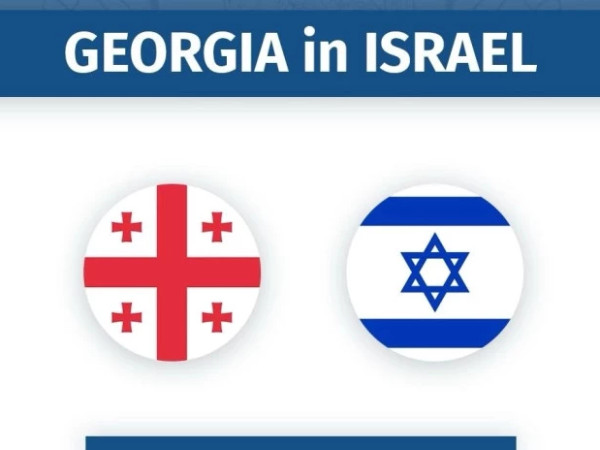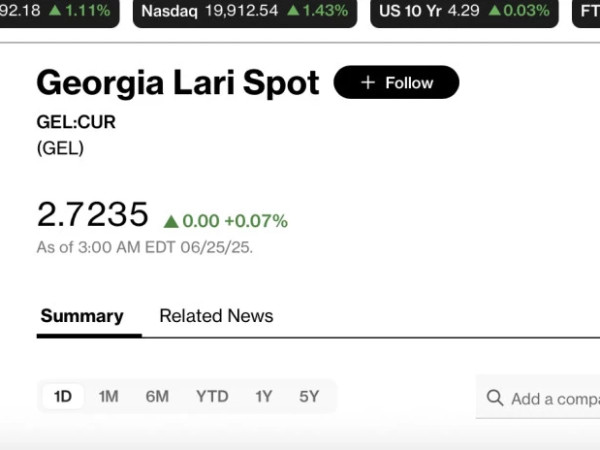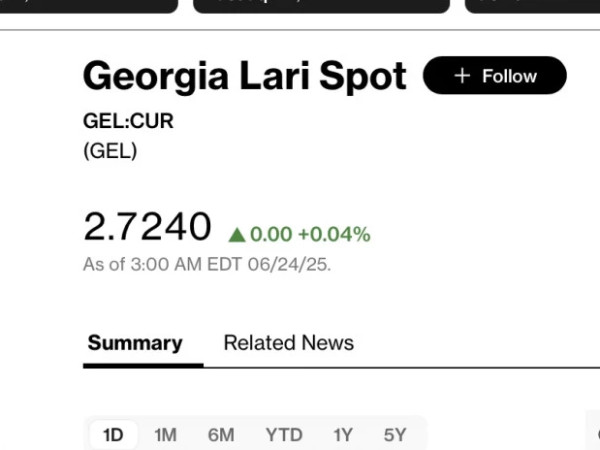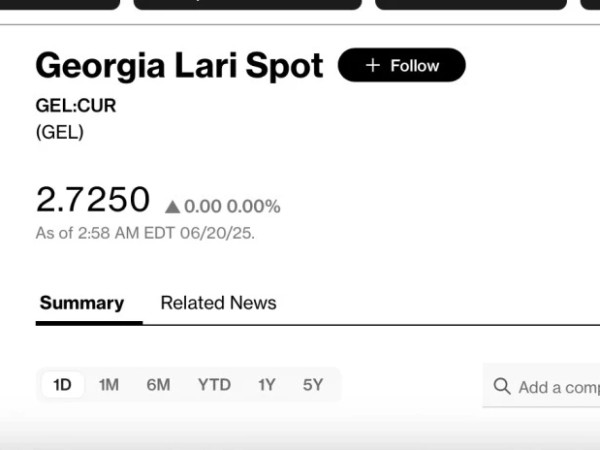Hungary now ranks last among European Union member states in a vital measure of household welfare—Actual Individual Consumption (AIC) per capita—according to June 18, 2025 data from Eurostat. At just 72% of the EU average, Hungary trails all 26 other countries in terms of what families actually consume, including public services like healthcare and education.
In stark contrast, Luxembourg leads the bloc with 141%, while the Netherlands and Germany stand at 120% and 118%, respectively. Even Poland, a Central European peer, comes in at a much healthier 85% of the EU average, dramatically outpacing Hungary in real living standards by about 13 percentage points.
This glaring gap grows more compelling when set against GDP per capita. Although Hungary’s GDP reaches roughly 77% of the EU average, lifting it above several low-income EU nations, its households nonetheless remain poorer in consumption terms. This discrepancy highlights the fact that economic output isn’t translating into real benefits for Hungarian families.
Behind the numbers lies a painful reality: under Viktor Orbán’s increasingly authoritarian and pro‑Russian Fidesz regime, Hungary has been systematically pillaged. State-owned industries have been hollowed out, public subsidies redirected to political allies, and EU funds commandeered by power networks close to the government. Meanwhile, ordinary Hungarians contend with low real wages, high inflation, brain drain, and a hollowed middle class—classic symptoms of wealth siphoning from citizens into elite pockets.
Adding insult to injury, a new Median poll published June 18 by HVG shows the opposition Tisza party—led by former Orbán insider Péter Magyar—leading Fidesz by 15 points among decided voters: 51% to 36%. Support among under‑40s is even stronger, with 58% backing Tisza, while Fidesz remains stuck with older voters. Three months ago, Tisza’s lead was only nine points.


















